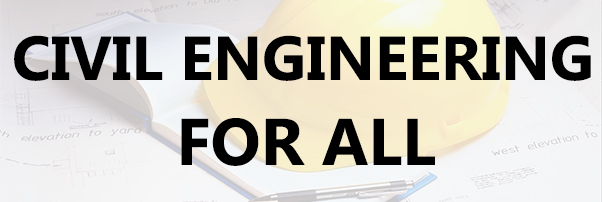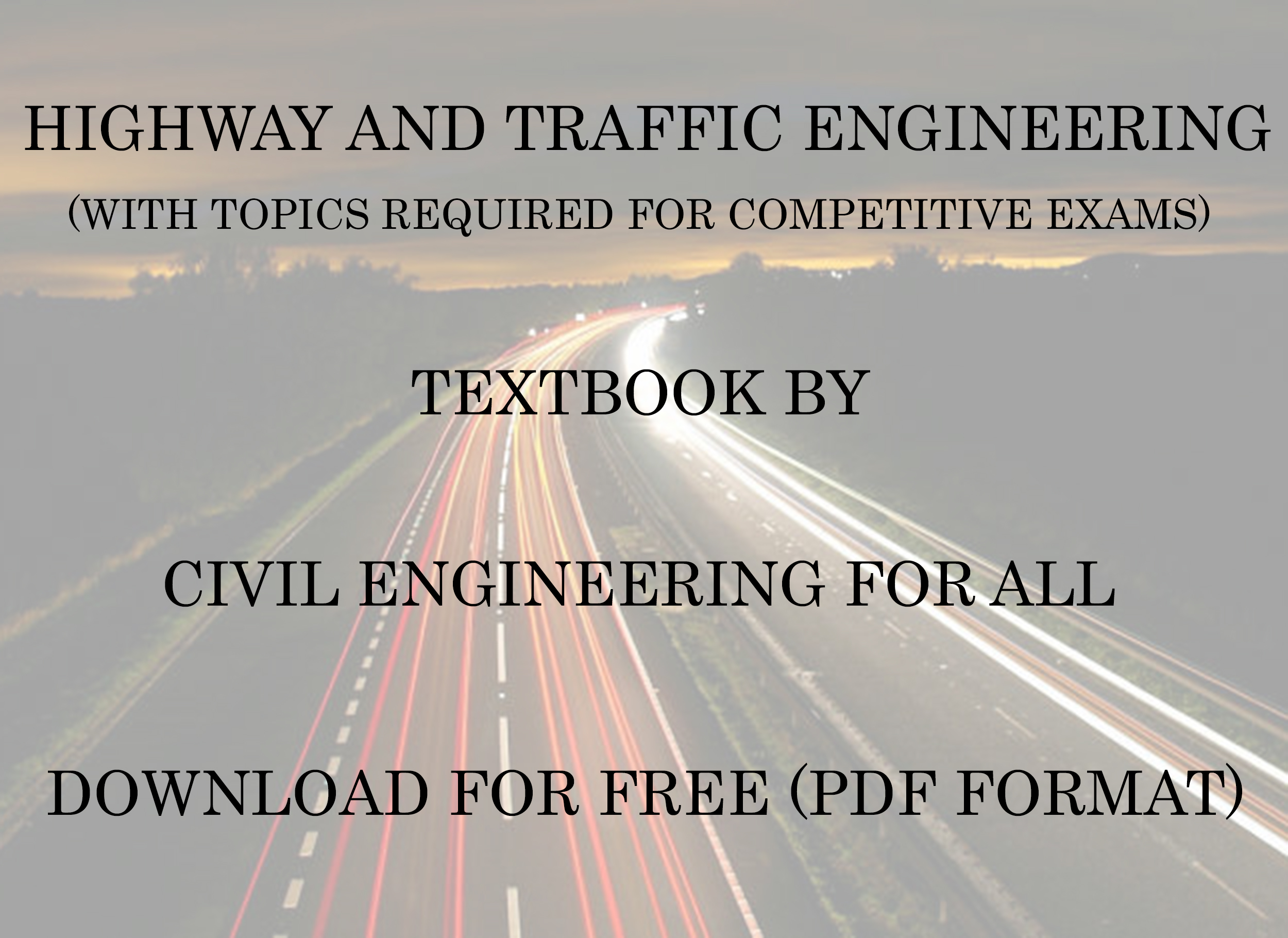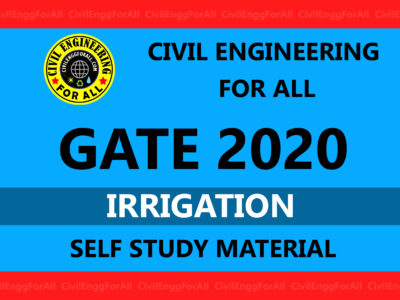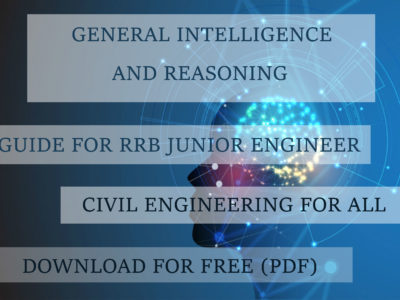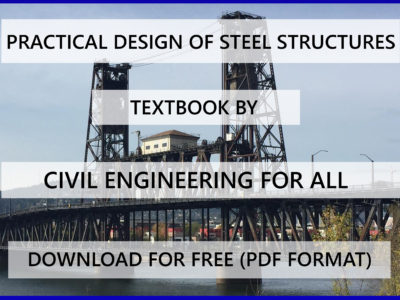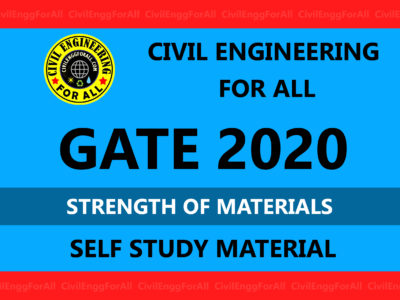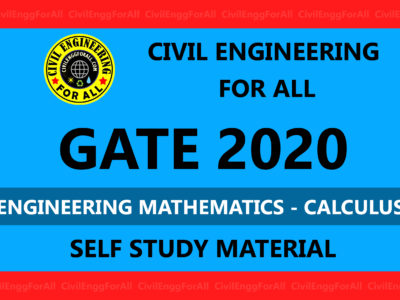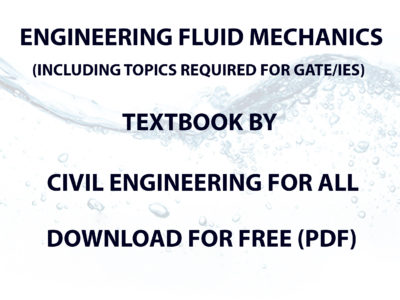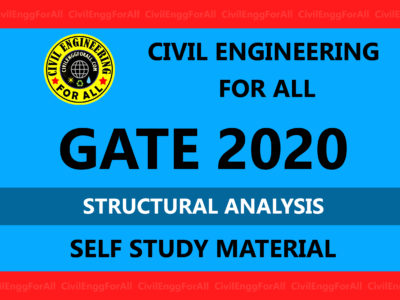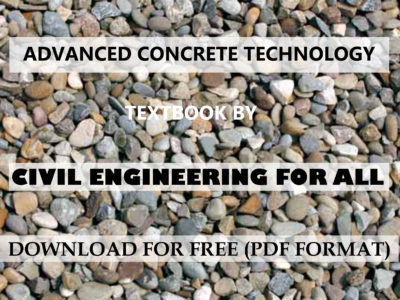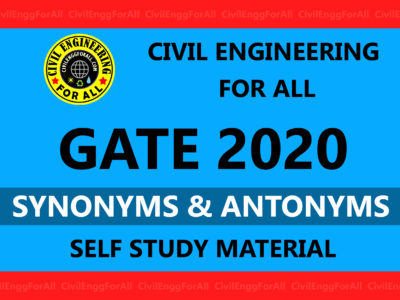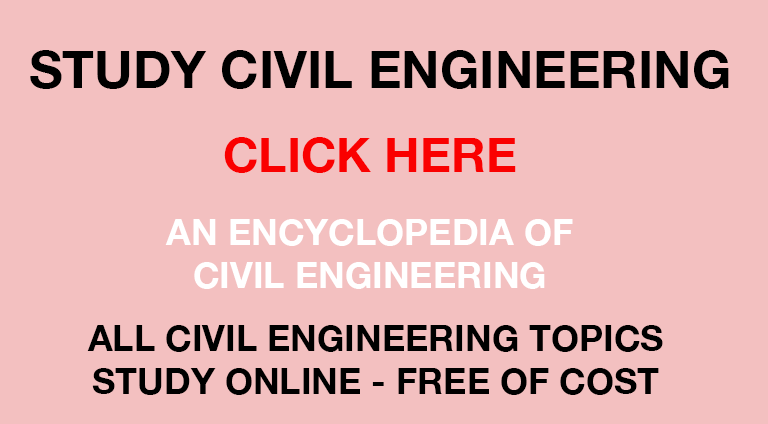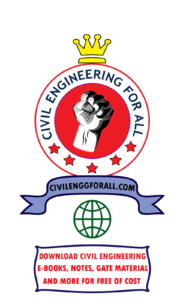
CONTENTS
- The profession of Transportation
- Transportation Systems and Organizations
- Characteristics of the Driver, the Pedestrian, the Vehicle and the Road
- Traffic Engineering Studies
- Highway Safety
- Fundamental Principles of Traffic Flow
- Intersection Design
- Intersection Control
- Capacity and Level of Service for Highway Segments
- Capacity and Level of Service at Signalized Intersections
- The Transportation Planning Process
- Forecasting Travel Demand
- Evaluating Transportation Alternatives
- Highway Surveys and Location
- Geometric Design of Highway Facilities
- Highway Drainage
- Soil Engineering for Highway Design
- Bituminous Materials
- Design of Flexible Pavements
- Design of Rigid Pavements
- Pavement Management
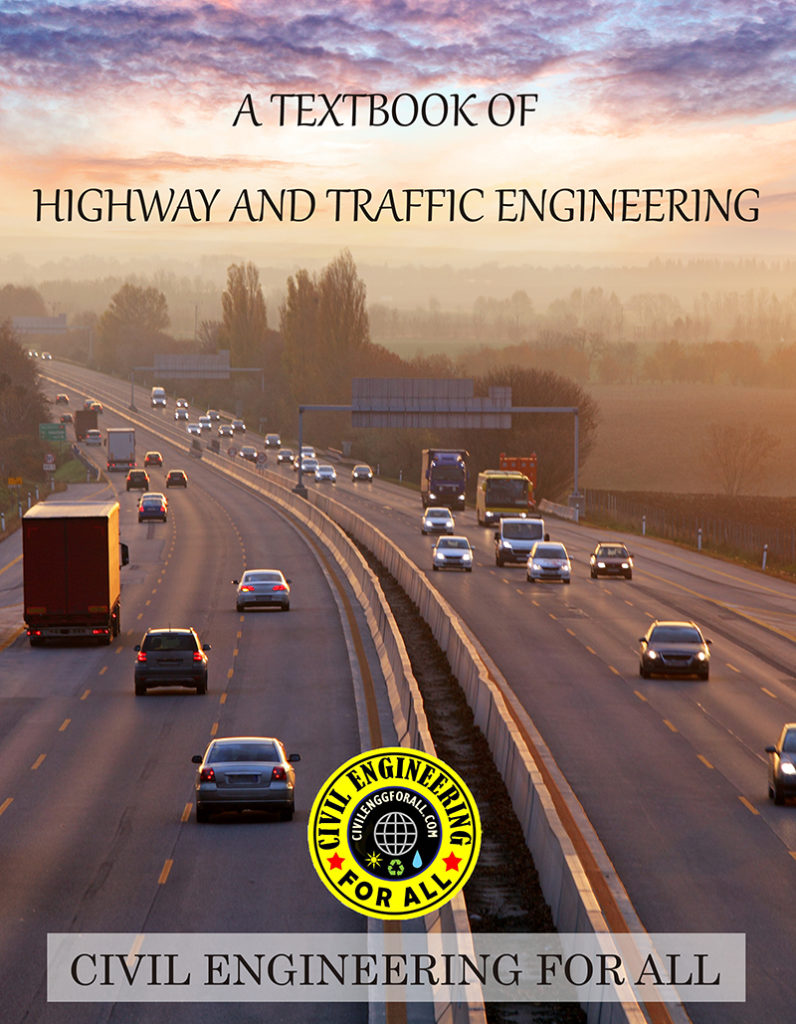
Introduction to the Transportation
Transportation is an essential element in the economic development of a society. Without good transportation, a nation or region cannot achieve the maximum use of its natural resources or the maximum productivity of its people. Progress in transportation is not without its costs, both in human lives and environmental damage, and it is the responsibility of the transportation engineer working with the public to develop high-quality transportation consistent with available funds and social policy and to minimize damage. Transportation is a significant element in our national life, accounting for about 18 percent of household expenditure and employing over 10 percent of the workforce. The history of transportation illustrates that the way people move is affected by technology, cost, and demand. The past 200 years have seen the development of several modes of transportation: waterways, railroads, highway, and air. Each mode has been dominant during one period of time; several have been replaced or have lost market share when a new mode emerged that provided a higher level of service at a competitive price. .
HIGHWAY ENGINEERING IES MASTER GATE NOTES : CLICK HERE
The career opportunities in transportation that engineering students have are exciting. In the past, transportation engineers planned and built the nation’s railroads, highways, mass transit systems, airports, and pipelines. In the coming decades, additional system elements will be required as will efforts toward maintaining and operating in a safe and economical manner the vast system that is already in place. New systems, such as magnetically levitated high-speed trains or Intelligent Transportation Systems (ITS), will also challenge the transportation engineer in the future. The specialties in transportation engineering are planning, design, construction, traffic management and operations, and maintenance. Planning involves the selection of projects for design and construction; design involves the specification of all features of the transportation project; construction involves all aspects of the building process; traffic management and operations involves studies to improve capacity and safety; and maintenance involves all work necessary to ensure that the highway system is kept in proper working order.
Transportation Systems
The transportation system in a developed nation consists of a network of modes that have evolved over many years. The system consists of vehicles, guideways, terminal facilities, and control systems; these operate according to established procedures and schedules in the air, on land, and on water. The system also requires interaction with the user, the operator, and the environment. The systems that are in place reflect the multitude of decisions made by shippers, carriers, government, individual travelers, and affected nonusers concerning the investment in or the use of transportation. The transportation system that has evolved has produced a variety of modes that complement each other. Intercity passenger travel often involves auto and air modes; intercity freight travel involves pipeline, water, rail, and trucking. Urban passenger travel involves auto or public transit; urban freight is primarily by truck.
TRANSPORTATION ENGINEERING ACE GATE MATERIAL : CLICK HERE
The nation’s transportation system can be considered to be in a state of equilibrium at any given point in time as a result of market forces, government actions, and transportation technology. As these change over time, the transportation system also will be modified. During recent decades, changes in gasoline prices, regulation by government, and new technology have affected the relative importance of each mode. The passenger or shipper thinks of each mode in terms of the level of service provided. Each mode offers a unique set of service characteristics at a given price: travel time, frequency, comfort, convenience, reliability, and safety. The traveler or shipper selects the mode based on how these attributes are valued. The principal carriers of freight are rail, truck, pipeline, and water. Passenger transportation is by auto, air, rail, and bus. Highway transportation is the dominant mode in passenger travel. Trucks carry most freight in urban areas and are a principal mode in intercity travel. The United States highway system comprises 3.9 million miles of roadway. The Interstate system, consisting of 47,800 miles of limited-access roads, represents the backbone of the nation’s highway network. A wide range of organizations and agencies provide the resources to plan, design, build, operate, and maintain the nation’s transportation system. These include private companies that furnish transportation; regulatory agencies that monitor the safety and service quality provided; federal, state, and local agencies that provide funds to build roads and airports and carry out legislation dealing with transportation at a national level; trade associations that represent the interests of a particular group of transportation providers or suppliers; professional organizations; and transportation user groups.

Driver – Pedestrian – Vehicle – Road
The highway or traffic engineer needs to study and understand the fundamental elements that are important in the design of traffic control systems. This chapter has presented concisely the basic characteristics of the driver, pedestrian, bicyclist, vehicle, and the road that should be known and understood by transportation and/or traffic engineers. The most important characteristic of the driver is the driver response process, which consists of four subprocesses: perception, identification, emotion, and reaction or volition. Each of these subprocesses requires time to complete, the sum of which is known as the perception-reaction time of the driver. The actual distance a vehicle travels before coming to rest is the sum of the distance traveled during the perceptionreaction time of the driver and the distance traveled during the actual braking maneuver. Perception-reaction times vary from one person to another, but the recommended value for design is 2.5 sec. The static, kinematic, and dynamic characteristics of the vehicle are also important because they are used to determine minimum radii of horizontal curves for low speeds (u 10 mi/h), the acceleration and deceleration capabilities of the vehicle (through which distance traveled and velocities attained can be determined), and the resistance forces that act on the moving vehicle. The characteristic of the road that has a direct relationship to the characteristics of the driver is the sight distance on the road. Two types of sight distances are considered to be part of the characteristics of the road: the stopping sight distance, which is normally taken as the minimum sight distance required for a driver to stop a vehicle after seeing an object in the vehicle’s path without hitting that object, and the passing sight distance, which is the minimum sight distance required on a two-lane, two-way highway that will permit a driver to complete a passing maneuver without colliding with an opposing vehicle and without cutting off the passed vehicle.
TRANSPORTATION ENGINEERING MADE EASY GATE NOTES : CLICK HERE
Although these characteristics are presented in terms of the highway mode, several of these are also used for other modes. For example, the driver and pedestrian characteristics also apply to other modes in which vehicles are manually driven and some possibility exists for interaction between the vehicle and pedestrians. It should be emphasized again that because of the wide range of capabilities among drivers and pedestrians, the use of average limitations of drivers and pedestrians in developing guidelines for design may result in the design of facilities that will not satisfy a significant percentage of the people using the facility. High-percentile values (such as 85th- or 95th-percentile values) are therefore normally used for design purposes.
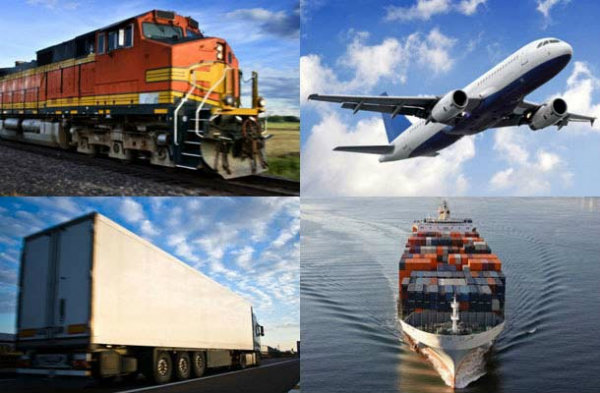
Traffic Engineering
Highway transportation has provided considerable opportunities for people, particularly the freedom to move from place to place at one’s will and convenience. The positive aspects of the highway mode, however, go hand in hand with numerous negative aspects, which include traffic congestion, crashes, pollution, and parking difficulties. Traffic and transportation engineers are continually involved in determining ways to reduce these negative effects. The effective reduction of the negative impact of the highway mode of transportation at any location can be achieved only after adequate information is obtained to define the problem and the extent to which the problem has a negative impact on the highway system. This information is obtained by conducting studies to collect and analyze the relevant data. These are generally referred to as traffic engineering studies. This chapter has presented the basic concepts of different traffic engineering studies: speed studies, volume studies, travel time and delay studies, and parking studies. Spot speed studies are conducted to estimate the distribution of speeds of vehicles in a traffic stream at a particular location on a highway. This is done by recording the speeds of a sample of vehicles at the specified location. Speeds of vehicles along sections of highways also can be collected using advanced technologies like the probing of cell phones. These data are used to obtain speed characteristics. These characteristics are the average speed, the median speed, the modal speed, the 85th percentile speed, the pace, and the standard deviation of the speed.
TRANSPORTATION ENGINEERING TEXTBOOKS : CLICK HERE
Important factors that should be considered in planning a speed study include the location for the study, time of day, duration of the study, and the minimum sample size necessary for the limit of acceptable error. Traffic volume studies entail the collection of data on the number of vehicles and/or pedestrians that pass a point on a highway during a specified time period. The data on vehicular volume can be used to determine the average daily traffic, average peak-hour volume, vehicle classification, and vehicle-miles of travel. Volume data are usually collected manually or by using electronic or mechanical counters; video imaging also can be used. It should be noted, however, that traffic volume varies from hour to hour and from day to day. It is therefore necessary to use expansion factors to adjust periodic counts to obtain representative 24-hour, weekly, monthly, and annual volumes. A travel time study determines the amount of time required to travel from one point to another on a given route. This information is used to determine the delay, which gives a good indication of the level of service on the study section. The methods used to conduct travel time and delay data can be grouped into two general categories: (1) those that require a test vehicle and (2) those that do not. Parking studies are used to determine the demand for and supply of parking facilities in an area. A comprehensive parking study usually involves (1) inventory of existing parking facilities, (2) collection of data on parking accumulation, parking turnover and parking duration, (3) identification of parking generators, and (4) collection of information on parking demand. It should be emphasized here that no attempt has been made to present an in-depth discussion of any of these studies, as such a discussion is beyond the scope of this book. However, enough material has been provided to introduce the reader to the subject so that he or she will be able to understand the more advanced literature on the subject.
HIGHWAY AND TRAFFIC ENGINEERING TEXTBOOK BY CIVILENGGFORALL PDF
DOWNLOAD LINK : CLICK HERE
PASSWORD : CivilEnggForAll
OTHER USEFUL BOOKS
- TELANGANA STATE PUBLIC SERVICE COMMISSION – ASSISTANT ENGINEER 2023 – TSPSC AE 2023 CIVIL ENGINEERING EXAM SOLVED PAPER WITH EXPLANATIONS PDF FREE DOWNLOAD
- SSC JE 2023 CIVIL ENGINEERING (CPWD/CWC/MES) EXAM SOLVED PAPER PDF FREE DOWNLOAD
- BIHAR PUBLIC SERVICE COMMISSION ASSISTANT ENGINEER (BPSC AE) 2022 CIVIL ENGINEERING EXAM SOLVED PAPER WITH EXPLANATIONS PDF
- NHPC (NATIONAL HYDROELECTIC POWER CORPORATION) JUNIOR ENGINEER NHPC JE 2022 CIVIL ENGINEERING EXAM SOLVED PAPER PDF FREE DOWNLOAD
- ANDHRA PRADESH PUBLIC SERVICE COMMISSION (APPSC) – ASSISTANT EXECUTIVE ENGINEER (AEE) EXAM 2022 – SOLVED PAPER FREE DOWNLOAD PDF
